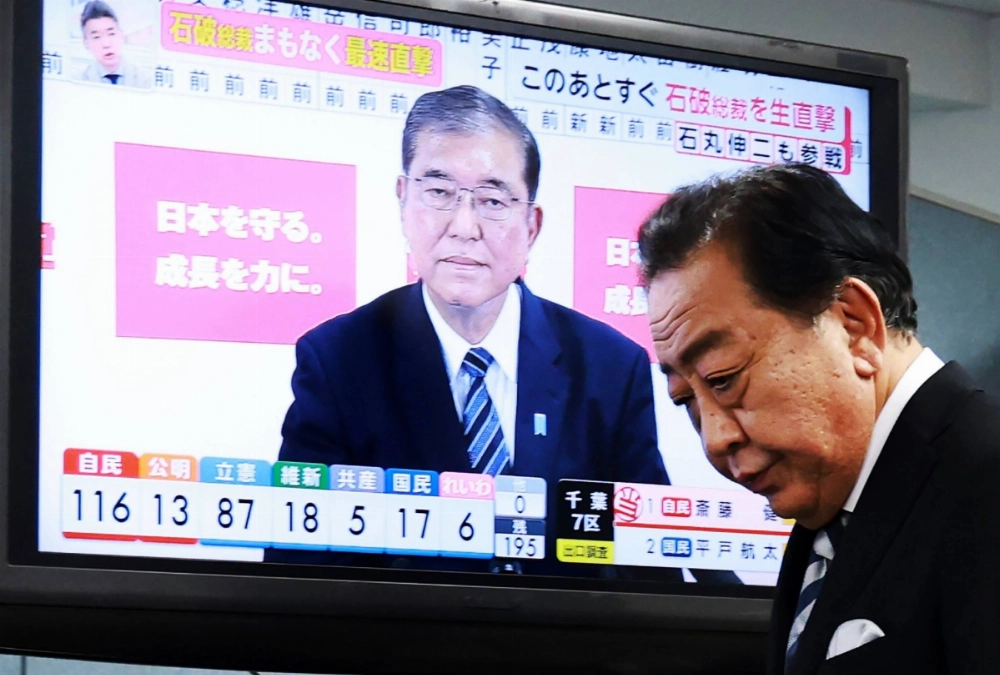The Liberal Democratic Party-Komeito coalition's failure to retain its Lower House majority in Sunday’s general election begs the question — will Shigeru Ishiba remain as prime minister?
Under Japan’s parliamentary system, lawmakers vote for who among them should be the country's head of government. If the two chambers of parliament choose different lawmakers, the vote of the more powerful Lower House will supersede that of the Upper House.
This typically means that the president of the party that holds the majority in the Lower House, or that of the larger party in a coalition with control of the chamber, becomes the prime minister. Such was the case on Oct. 1, when Ishiba, having emerged victorious in the LDP presidential election a week earlier, was voted into the position.


















With your current subscription plan you can comment on stories. However, before writing your first comment, please create a display name in the Profile section of your subscriber account page.